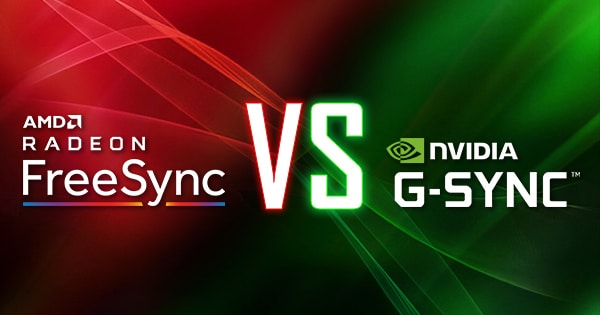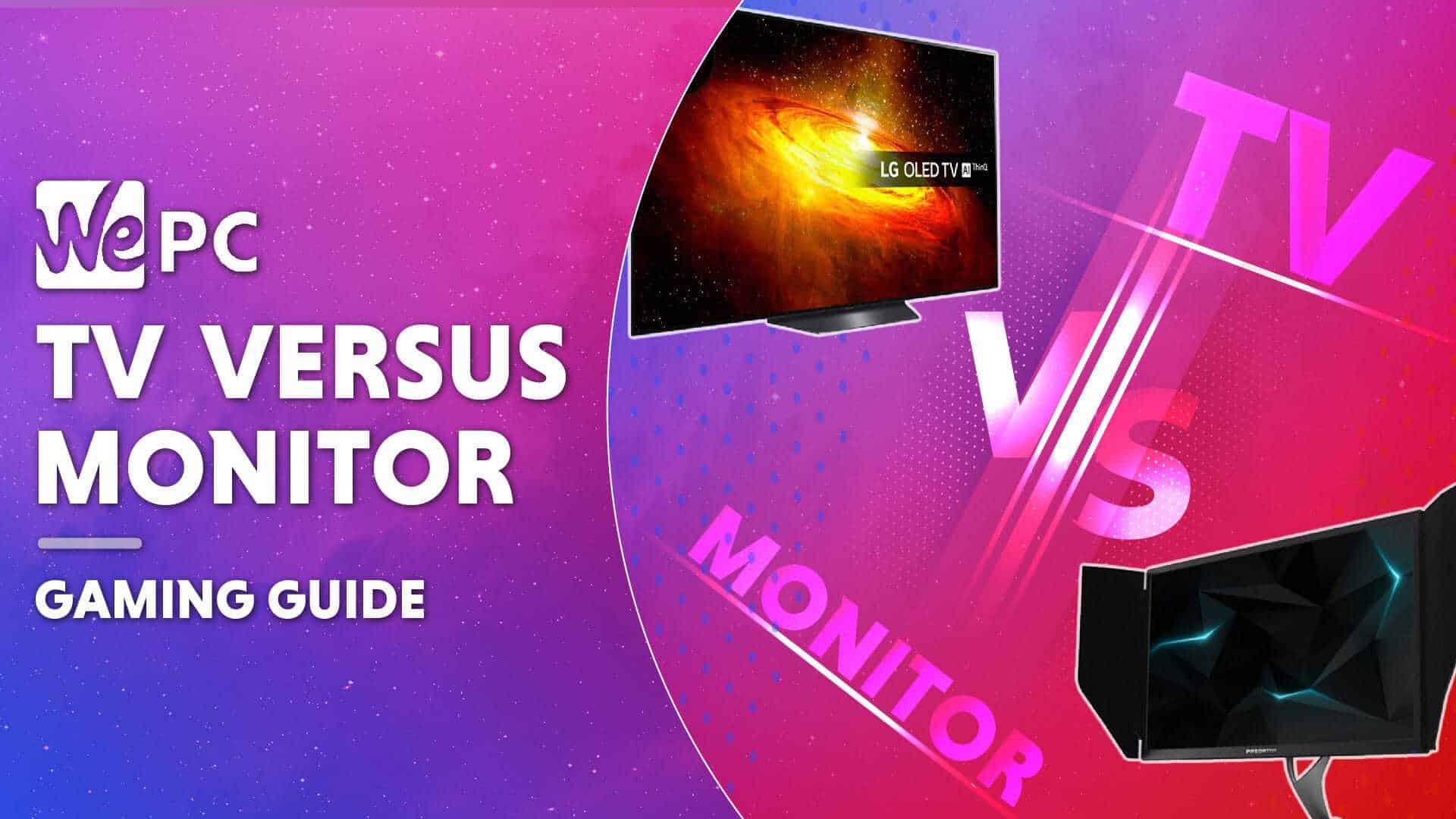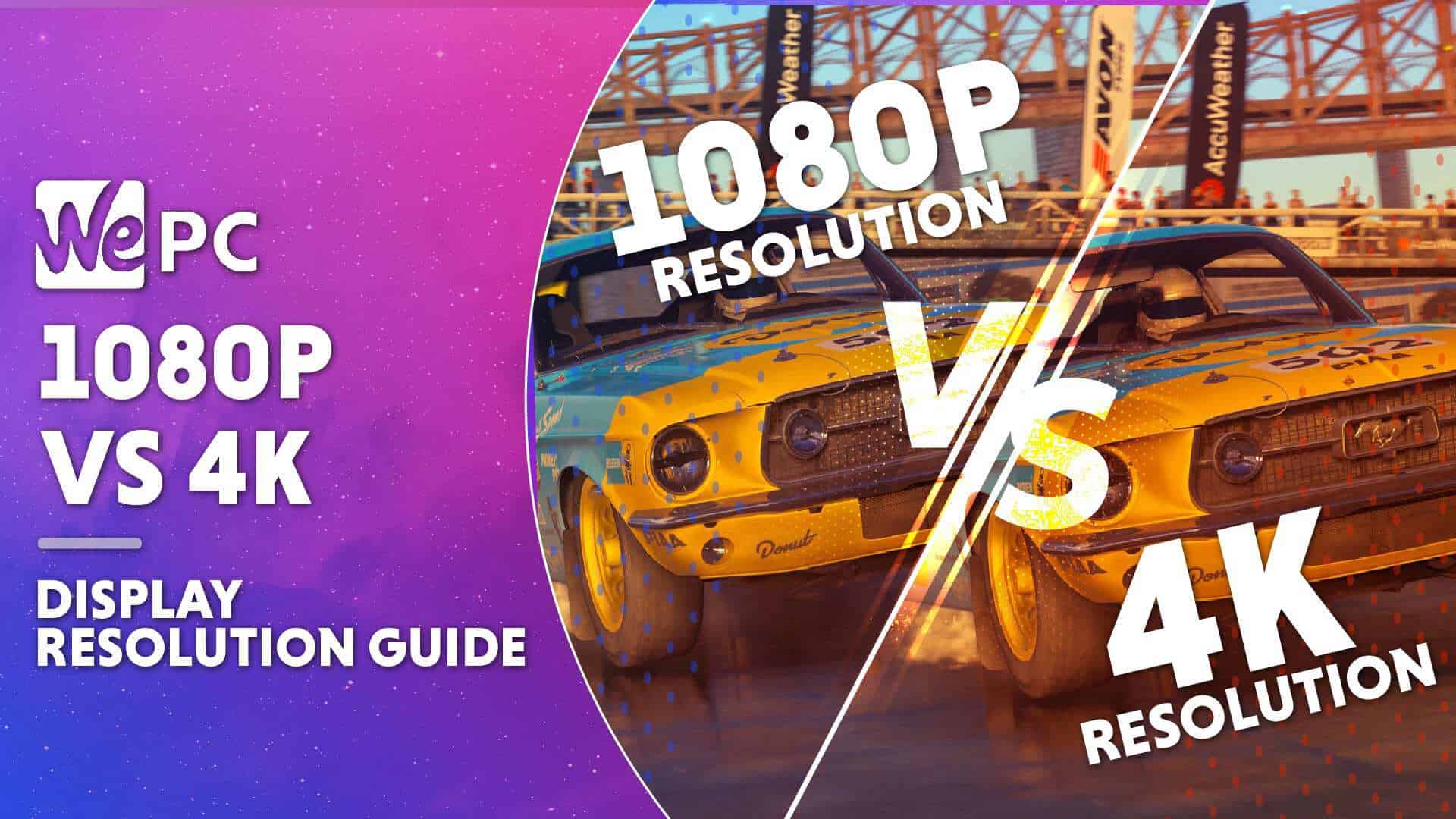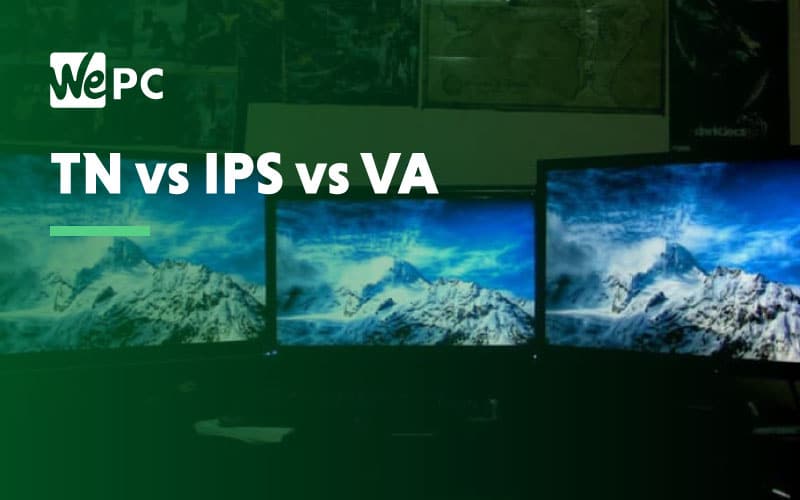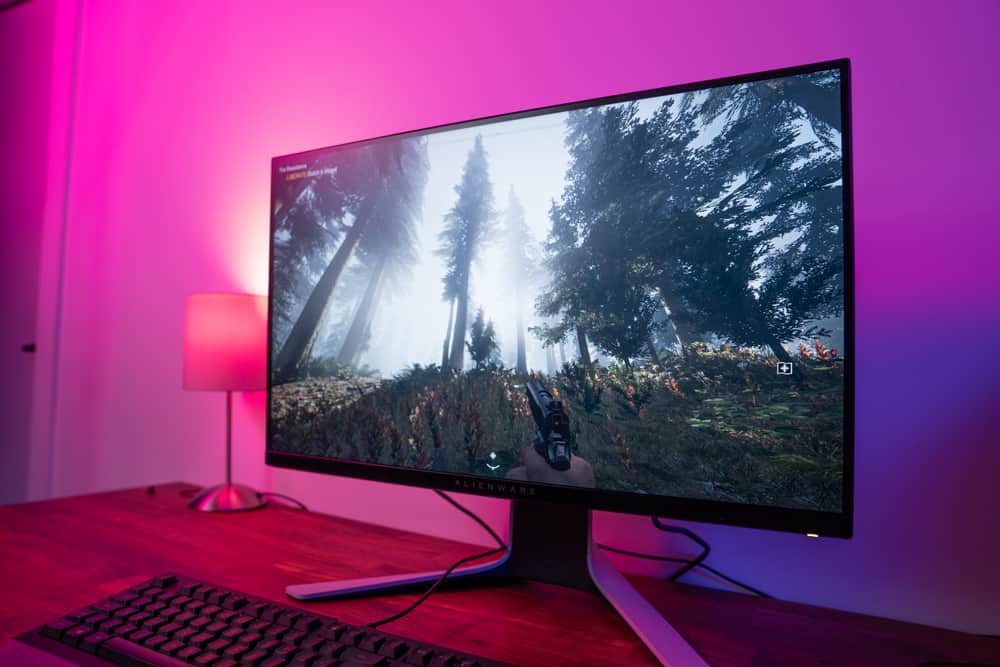For as long as he can remember, Charlie has always been interested in computers and gaming. It all started with the Sega Mega Drive and then evolved into PC gaming in his early teens. CS 1.6 was his first go at competitive gaming which soon evolved into CS:Source and now CS:GO - a game that he still plays (almost exclusively) today. Throughout that period he has also been a keen PC builder and enthusiast - dedicating a large portion of his time to the craft. My current rig is an ASUS 5700XT with AMD's Ryzen 3600X.
WePC is reader-supported. When you buy through links on our site, we may earn an affiliate commission. Learn more
Last Updated:
If you have ever been on the hunt for a new gaming monitor, it is almost guaranteed you will have come across the terms “G-Sync” or “Freesync” in the specifications. Of course, not all monitors have this and monitors are generally cheaper without this technology but you may find your self asking G-sync or Freesync, which should I buy?
G-Sync and Freesync are adaptive sync technologies from computer giants Nvidia and AMD, respectively. Adaptive sync is the dynamic adjustment of a monitor’s vertical refresh rate, matching it to the frame rate of your graphics card. The point of adaptive sync technologies is to eliminate screen tear from your gaming, leaving you with buttery-smooth gameplay and no ugly stutters.
In this article, we are going to go over what these different sync technologies do and ultimately help you figure out which sync technology to go with.
What Is Adaptive-Sync/ Variable Refresh Rate?
Your GPU sends images to your monitor extremely fast and when one of these “frames” is delivered outside of your monitor’s refresh rate, whether that’s 60Hz (refreshes every 1/60th of a second) or higher, this results in a screen tear.
Your graphics card comes with “V-Sync”, a technology designed to help with screen tear by capping the frame rate of the game to match the monitor’s refresh rate, which introduces negatives of its own such as input lag.
G-Sync and Freesync work slightly differently, removing this issue of input lag by synchronizing your monitor’s refresh rate with the FPS of your graphics card being output. If your game dips to 45 FPS, your monitor’s refresh rate will drop to 45Hz in a heartbeat, resulting in a smooth experience.
G-Sync And Freesync: The Differences
As mentioned above, both technologies tackle screen tearing in games but they are implemented rather differently. Nvidia’s G-Sync monitors use a proprietary scaler that is limited to two inputs, DisplayPort and HDMI, with only DisplayPort supporting the adaptive sync technology. A scaler is a piece of hardware that is installed during the manufacturing process, increasing the average cost of G-Sync monitors quite significantly when compared to the cheaper Freesync alternatives.
Freesync is AMD’s open standard, not requiring any hardware implementation during the manufacturing process, keeping costs down. Freesync monitors offer more connectivity options, which includes the older outputs like DVI or VGA and newer HDMI.
At first, G-Sync would only work with supported Nvidia graphics cards, however, Nvidia changed this in the last few years to allow G-Sync modules to support AMD graphics cards too. Just like G-Sync, Freesync used to only be compatible with an AMD card, however, just like G-sync, some Freesync monitors now support Nvidia graphics cards.
Check out our comprehensive guide to G-sync vs G-sync compatible.
G-Sync Or Freesync?
Both are extremely similar and you may be leaning towards Freesync due to the lower cost of the supporting monitors. Despite this, the G-Sync certification program ensures that all compatible monitors also have support for LFC (low framerate compensation). LFC will ensure that the variable refresh rate will still work when it dips below the adaptive sync refresh rate.
This was mentioned before but let’s go over it again, when your display has an adaptive sync window of between 60 to 120Hz, it can still suffer from screen tearing when it dips below 60 or goes above 120. LFC in Nvidia’s G-Sync prevents this from happening and is the main benefit of paying more for one of these monitors.
AMD has recently released Freesync 2, a technology introduced to tackle this issue, closing the gap further between the two brands but more on that later.
G-Sync works on GeForce 600 series graphics cards or newer, whereas Freesync works on Radeon RX 200 series or newer. Don’t worry if you have a GeForce card and a Freesync monitor or vice versa, it will still work but you won’t be able to take advantage of the adaptive sync technology unless that particular model is confirmed to be “compatible” by both.
It is important to note that many people still game without the use of adaptive sync technologies. This tech is only useful if ugly screen tearing is interfering with your immersion or if you are enjoying AAA titles in maxed out settings at a 4K resolution. The fact is, once you’ve used one of these technologies, it can be very hard to go back but if you are on a budget, it makes more sense to go for Freesync or none at all.
If you are a competitive gamer, you are probably going to want to prioritize specs like a higher refresh rate over G-Sync/ Freesync, as it is much more important to this type of game genre.
Freesync 2 Vs. G-Sync Ultimate
The latest iterations of AMD and Nvidia’s screen tearing solutions, with LFC being introduced into Freesync 2 and HDR support into G-sync ultimate. Freesync 2 doesn’t replace the older tech, it’s validated to a higher standard, meaning Freesync 2 offers more “premium” features.
HDR monitors have been growing in the market and so naturally AMD’s Freesync 2 now supports HDR. Along with HDR support, we see the same LFC technology we saw with the G-Sync modules being implemented. Low latency and high contrast requirements have been added, basically bringing the technology up to the G-Sync level.
G-Sync Ultimate is much the same as Freesync 2 yet it is much more reliable, more expensive, and features dedicated hardware rather than Being software enabled. Basically G-Sync ultimate features the latest Nvidia processor and will deliver over 1000-nits brightness, along with excellent contrast and cinematic colors, ultimately bringing you the best gaming experience possible.
G-Sync Or Freesync – Which Should I Buy?
G-Sync is undoubtedly the better adaptive sync technology but with the price of these monitors being so high, you are going to need to ensure your PC can run these games in all their glory to make it worth it. Alternatively, Freesync offers a cheaper alternative that gives a lot of people excellent gameplay for a fraction of the cost.
While G-sync is better, the decision boils down to your individual needs – money is no object? Get a G-Sync Ultimate monitor, you won’t have experienced smooth 4K gameplay like it ever before. For those that have an aging system or a strict budget but still want to eliminate screen tear, Freesync is the likely way to go.
Have you invested in a G-Sync or Freesync monitor? How noticeable of a difference was the upgrade? Which adaptive sync technology works best for you? Head over to the WePC Comunity and share with the ever-growing gang of enthusiasts.

